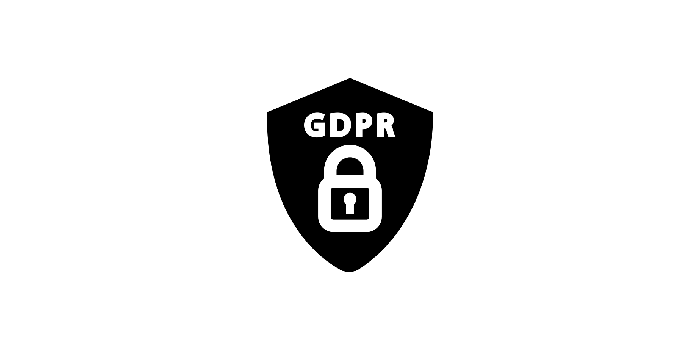Importance of an efficient preference center B2B and B2C
Unlock the full potential of your customer relationships by mastering the art of an efficient preference center.
Introduction to preference centers
Preference centers are tools that allow customers to select and manage their communication preferences with a company. These centers enable users to choose what type of content they want to receive, through which channels, and how frequently.
An efficient preference center is crucial for both B2B and B2C businesses as it aligns customer communication with their expectations, improving overall satisfaction and engagement.
Enhancing user experience
An efficient preference center significantly enhances the user experience by giving customers control over their interactions with a company. This control leads to a more personalized and relevant communication strategy.
When customers can easily adjust their preferences, they are more likely to stay engaged and less likely to feel overwhelmed by unwanted messages.
Compliance and trust
In an era where data privacy regulations such as GDPR and CCPA are becoming more stringent, having a robust preference center is essential for compliance. It ensures that businesses are adhering to legal requirements concerning user consent and data protection.
Moreover, transparent communication preferences build trust with customers. When they see that a company respects their choices and privacy, they are more likely to maintain a positive relationship with that brand.
Segmentation and marketing efficiency
A well-designed preference center aids in effective customer segmentation. By understanding customer preferences, businesses can tailor their marketing efforts to specific segments, ensuring that the right message reaches the right audience.
This targeted approach not only improves marketing efficiency but also enhances conversion rates and customer satisfaction.
Engagement and retention
Efficient preference centers play a vital role in boosting customer engagement and retention. When customers receive content that aligns with their interests and preferences, they are more likely to engage with it.
In turn, higher engagement rates lead to better customer retention, as customers feel valued and understood by the business.
Customization for B2B vs. B2C
While the core principles of preference centers remain the same, there are distinct differences in customization for B2B and B2C contexts. B2B preference centers often include options for industry-specific content, technical updates, and product innovations.
On the other hand, B2C preference centers might focus more on lifestyle content, promotions, and personalized offers. Understanding these nuances ensures that each type of business can effectively cater to its unique audience.
Metrics and ROI
Tracking metrics and return on investment (ROI) is crucial for assessing the effectiveness of a preference center. Key performance indicators (KPIs) such as open rates, click-through rates, and unsubscribe rates provide insights into how well the preference center is performing.
By analyzing these metrics, businesses can continuously optimize their preference centers, ensuring they deliver maximum value and contribute positively to the overall ROI.
.png?width=200&height=67&name=Plan-de-travail-3@2x%20(2).png)

.png)
